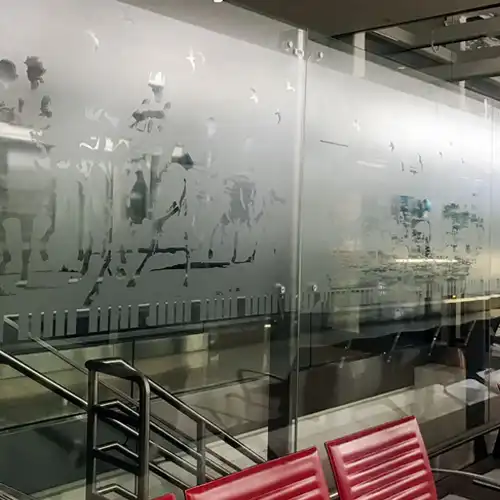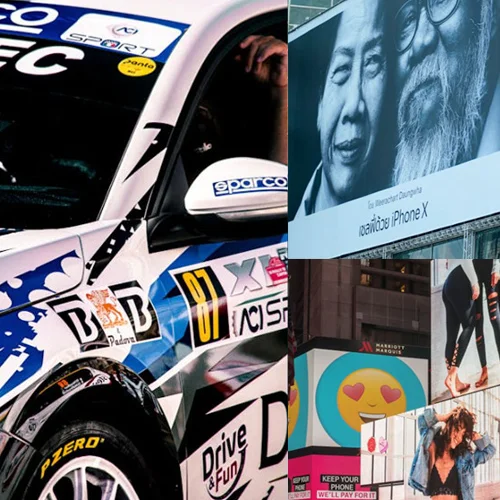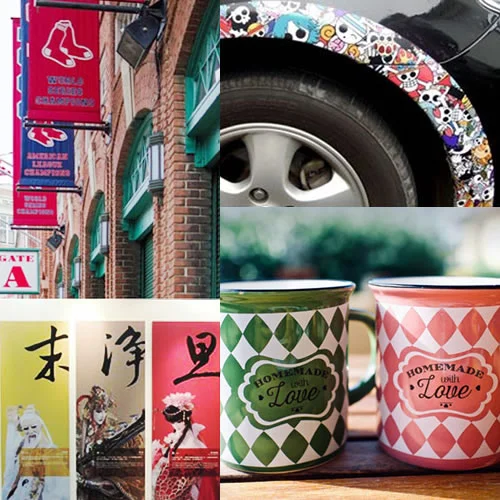Cold Laminating Film for Enhanced Prints
2024/3/19
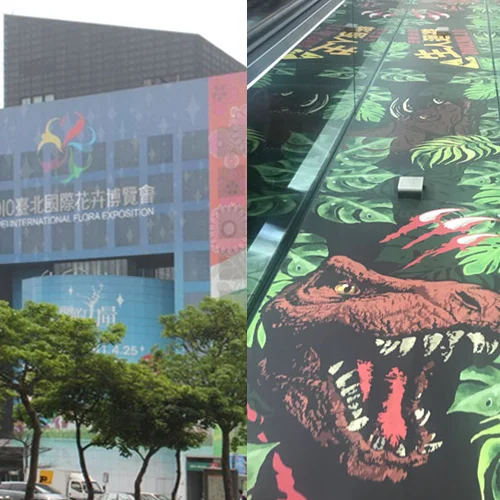
In the realm of print finishing and protection, cold laminating film emerges as a vital tool for safeguarding digitally printed images and documents. Offering a layer of defense against UV radiation damage, scratches, and abrasion, cold laminating film plays a crucial role in preserving the integrity and vibrancy of prints. Let's delve into the world of cold laminating film and explore its features and applications.
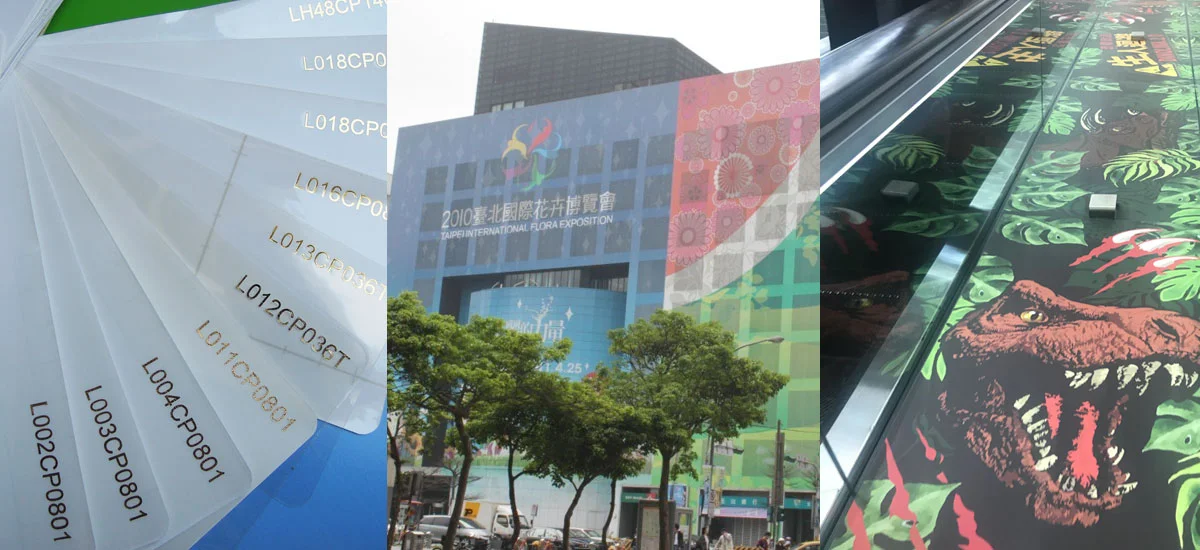
Protective Shield for Printed Materials
Cold laminating film serves as a protective shield for digitally printed images, photos, and documents. By encapsulating prints in a durable layer, it shields them from harmful UV radiation, humidity, and physical damage caused by scratches and abrasion. This protective barrier not only prolongs the life of prints but also enhances their durability, ensuring they maintain their vibrant colors and sharp details over time.
Enhancing Print Quality and Appearance
One of the key benefits of cold laminating film is its ability to enhance the quality and appearance of printed materials. With options such as gloss and matte finishes, cold laminating film allows for customization based on specific preferences and requirements. Gloss finishes add a lustrous sheen to prints, enhancing their visual appeal and making colors appear more vibrant. On the other hand, matte finishes provide a clear viewing experience without unwanted reflections, ideal for applications where glare is a concern.
Special Effects and Textures
In addition to standard finishes, cold laminating film also offers the option for textured effects, adding a tactile dimension to prints. Textured laminating films can simulate surfaces like brushed stainless steel or leather, providing a unique look and feel to printed materials. These special effects not only enhance the visual impact of prints but also create memorable tactile experiences for viewers.
Safety Considerations for Floor Graphics
Cold laminating film plays a critical role in ensuring the safety of floor graphics, particularly in public and private spaces. Floor graphics need to be laminated with anti-slip film to prevent accidents caused by slips and falls. By applying an anti-slip film during the cold laminating process, businesses can create floor graphics that not only look visually appealing but also prioritize safety for customers and visitors.
Product Features
- Color Enhancement: Cold laminating film enhances the color and vibrancy of printed materials, ensuring that images appear vivid and eye-catching.
- Gloss and Matte Options: Choose from gloss or matte finishes to achieve the desired look and feel for printed materials.
- Easy Operation: Cold laminating film offers smooth and straightforward operation, making it easy to apply to a variety of surfaces.
- Protection Against Abrasion and Moisture: Protects prints against abrasion, moisture, and constant surface contact, ensuring long-lasting durability.
- Richer Image Output: Produces deeper and richer image output, enhancing the overall quality of printed materials.
- Chemical Resistance: Offers excellent resistance to most cleaning fluids, ensuring that prints remain pristine even in demanding environments.


